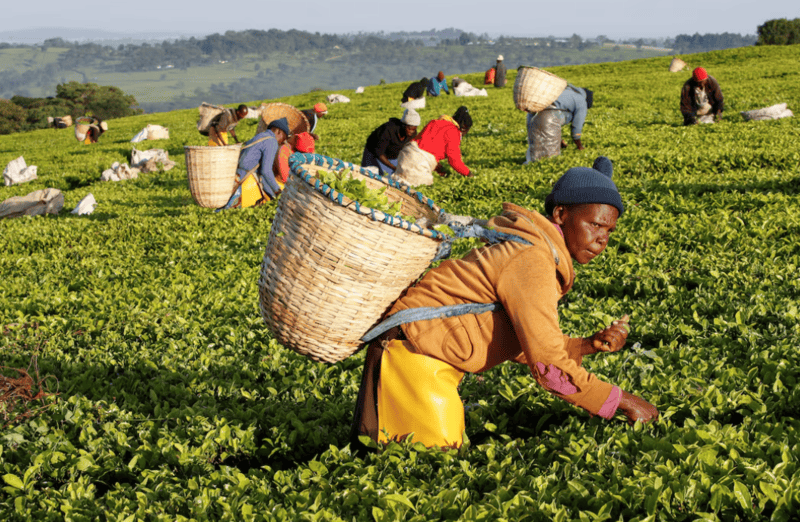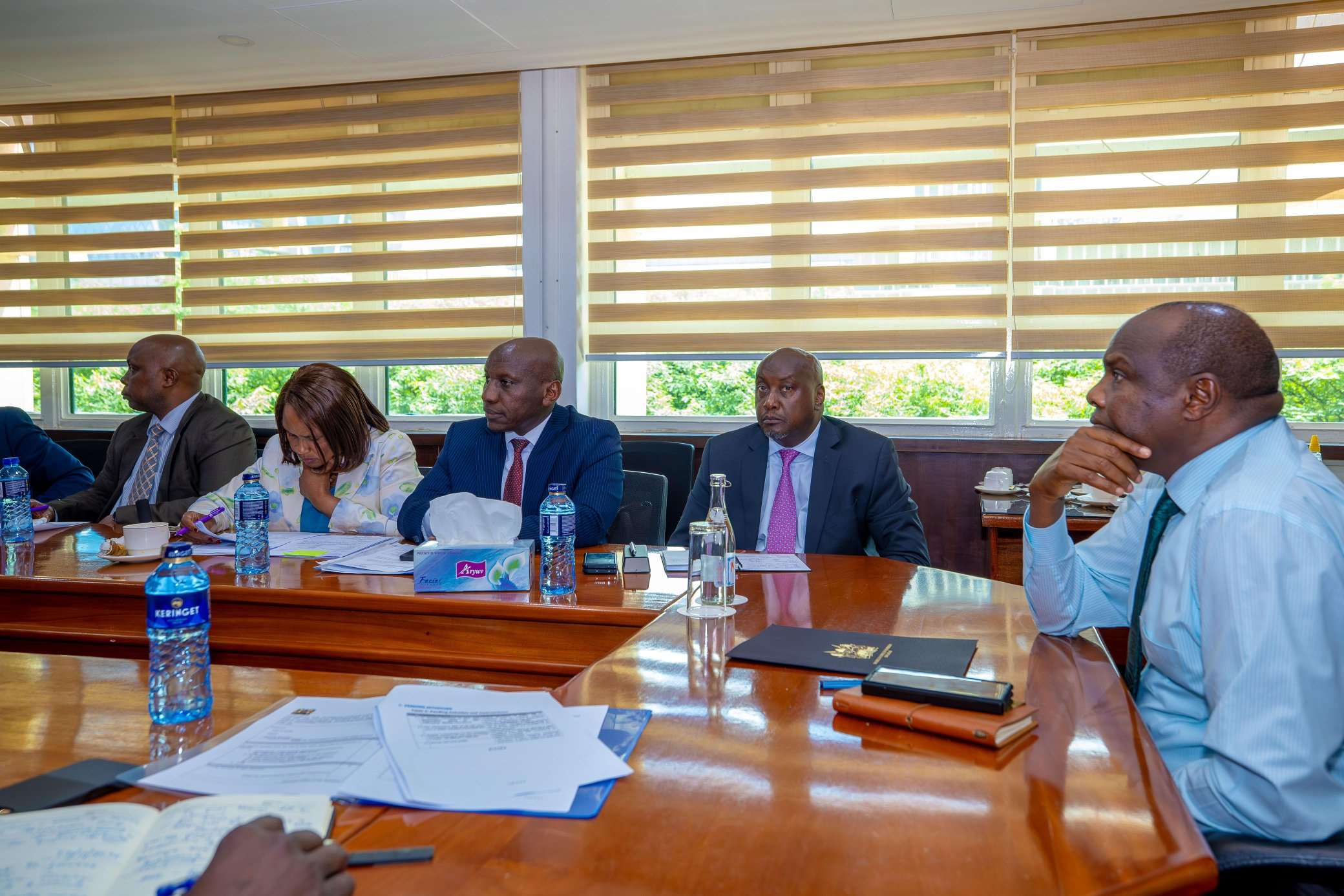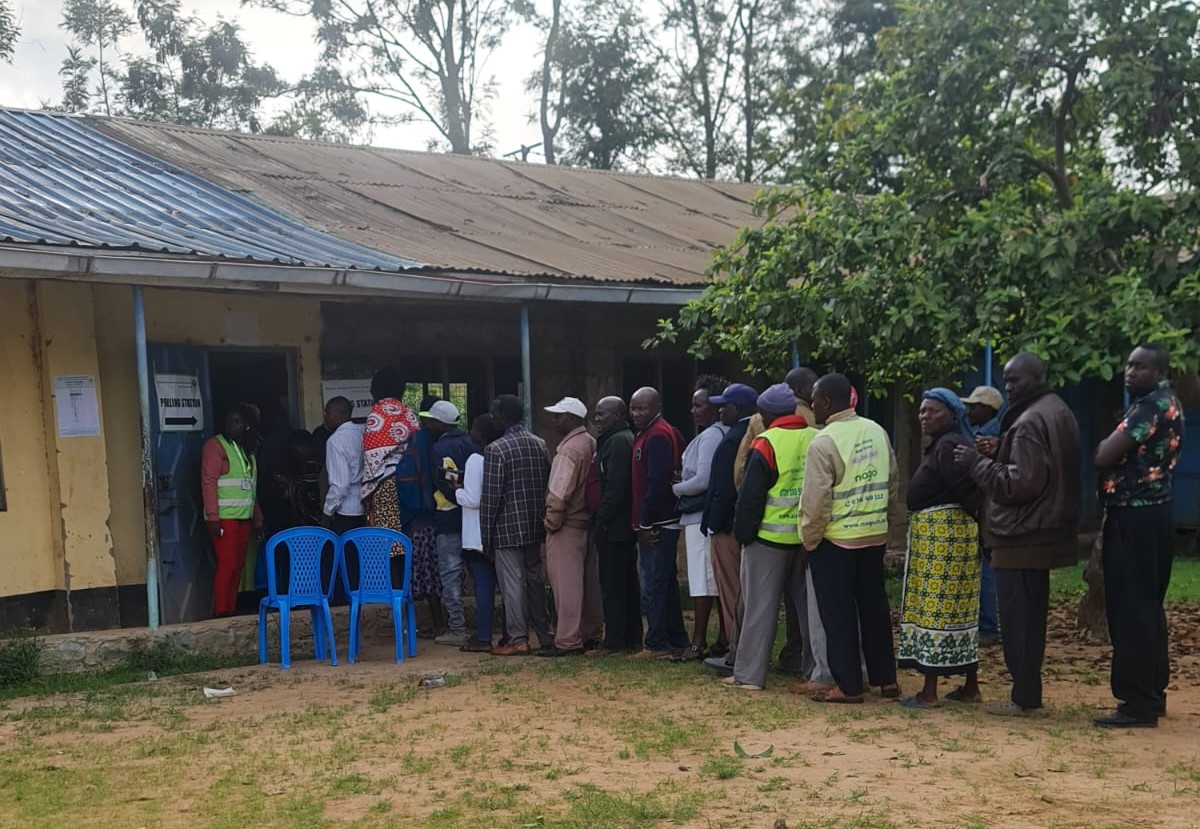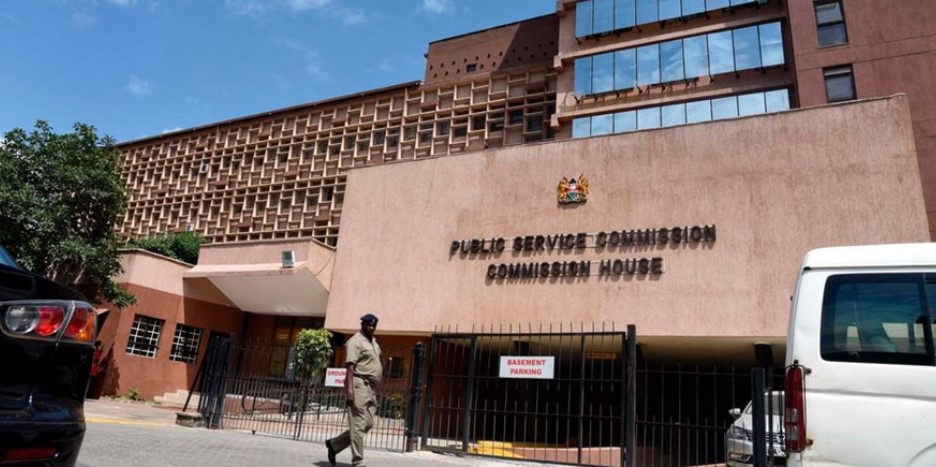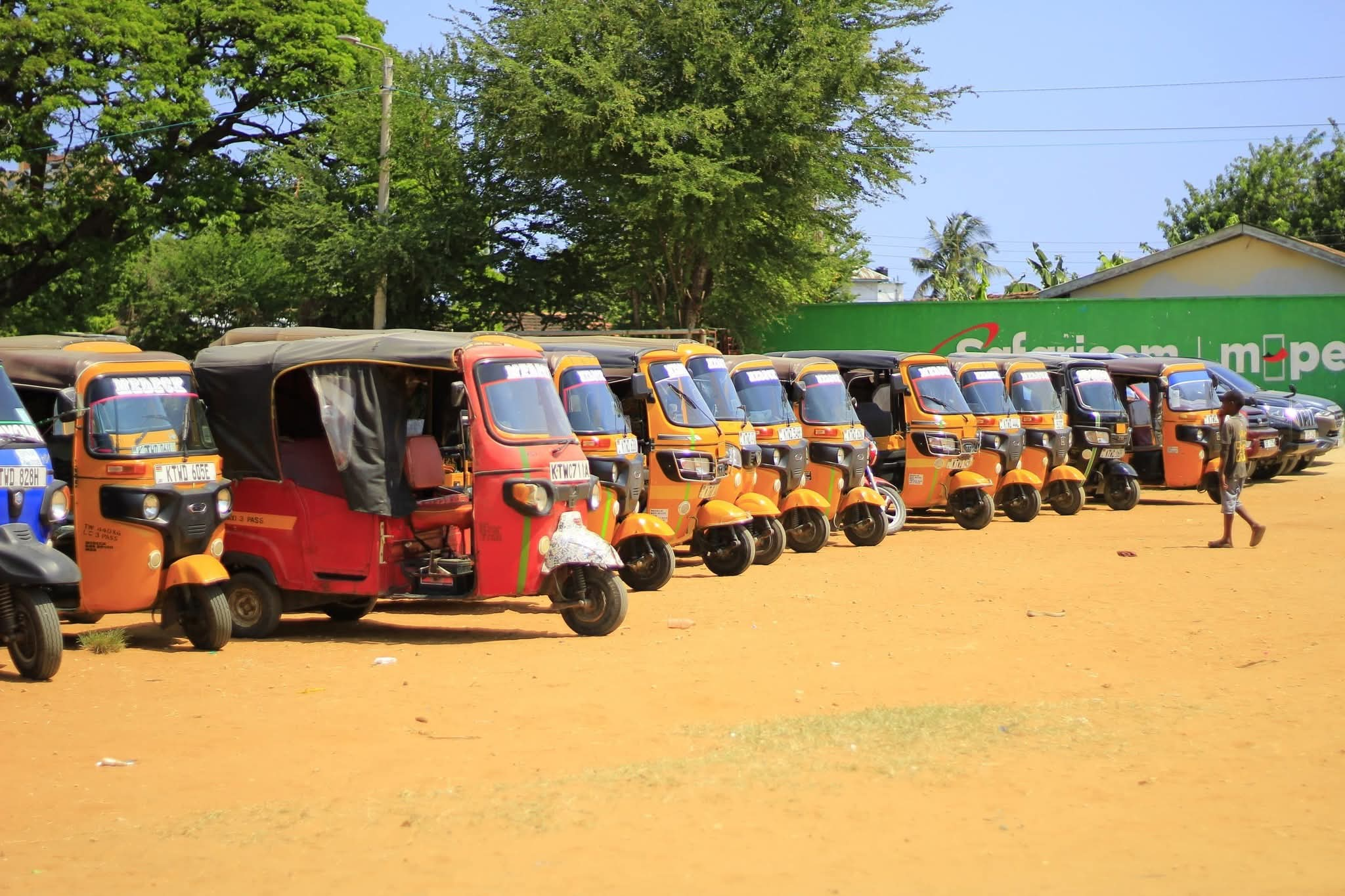Kenya’s economic activity set for strong year-end boost, says CBK
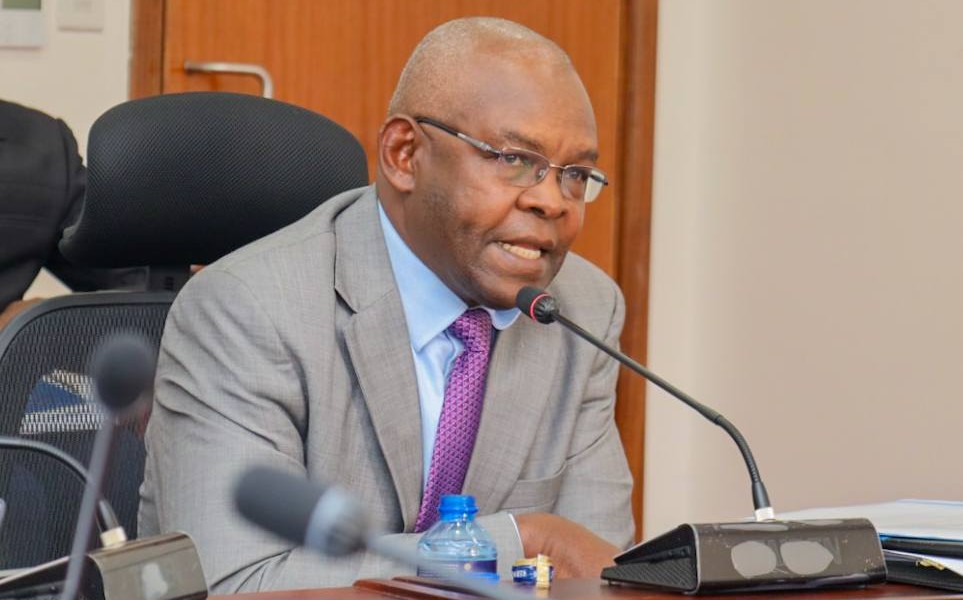
CBK this month lowered the base lending rate to 9.25 per cent from the previous ceiling of 9.5 per cent, marking the eighth consecutive reduction.
Kenya’s economy is poised for a strong performance in the final quarter of 2025, buoyed by a series of monetary policy adjustments that have eased the cost of borrowing.
In a move signalling continued commitment to stimulate economic growth, the Central Bank of Kenya (CBK) this month lowered the base lending rate to 9.25 per cent from the previous ceiling of 9.5 per cent, marking the eighth consecutive reduction.
More To Read
- Kenya Kwanza adds Sh3 trillion to national debt in three years, CBK reveals
- CBK warns of rising debt distress, urges fiscal coordination
- MPs question rising debt despite Treasury’s reduced CBK borrowing
- CBK data shows Sh344 billion decline in mobile money transactions, steepest drop in 18 years
- CS Mbadi tables new banking rules targeting non-compliance, unethical practices
- Kenya’s exports to EAC partners grow as diaspora sends Sh1 trillion home
This trend is expected to unlock credit access for businesses and consumers heading into the festive season.
Findings from the CBK’s September Market Perceptions Survey point to increased optimism across the private sector on the back of successive base lending rate cuts.
Both bank and non-bank respondents project stronger economic activity in the months of October, November, and December, underpinned by improved liquidity, lower interest rates and seasonal demand, particularly in retail trade and tourism.
This anticipated uptick follows a relatively moderate pace of growth observed between July and September.
Notably, the festive season is expected to play a significant role in driving consumer spending, especially in the services sector.
Respondents also highlight an anticipated recovery in household consumption and import demand, which is likely to feed into broader economic momentum.
Similarly, respondents expect low inflation to support economic activity in the next three months.
Furthermore, they expect activities directly and indirectly related to agriculture to thrive, supported by government-led initiatives and favourable weather.
They, however, remain concerned about subdued demand amidst the austerity measures, high cost of doing business, trade wars and geopolitical tensions.
Reaffirming the outlook for improved credit access driven by lower interest rates, respondents express expectations of stronger private sector credit growth in 2025 compared to 2024.
They anticipate that heightened demand during the festive season will contribute to this growth, providing a short-term boost to lending activity.
Moreover, they foresee a recovery in sectors like construction and real estate, which is expected to further drive sector-specific credit expansion.
“Nevertheless, respondents expected the elevated credit risk with high NPLs, and high cost of doing business to affect private sector credit growth in 2025,” the report reads.
Top Stories Today




